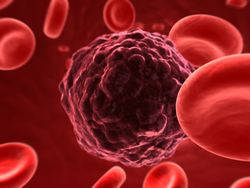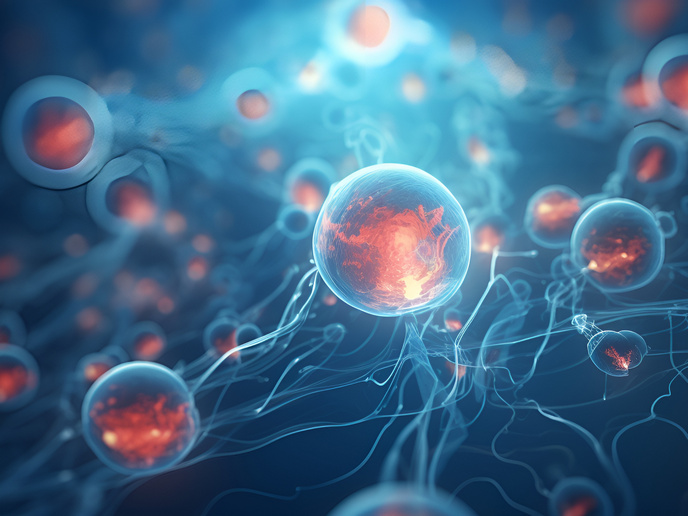Drugs target tumour microenvironment to improve therapeutic outcome
Pancreatic cancer is a disease of high mortality with less than 5 % of patients surviving for 5 years after diagnosis. Among the reasons for this dismal prognosis are late presentation and a high level of resistance to chemotherapeutic drugs. Emerging evidence indicates that the microenvironment plays a crucial role in the regulation of proliferating tumour cells. This includes a subpopulation of cancer stem cells, and thus determines tumour behaviour and chemoresistance. The EU-funded project EPC-TM-NET(opens in new window) (Targeting the tumour microenvironment to improve pancreatic cancer prognosis) aimed to explore pancreatic cancer and determine how the tumour microenvironment contributes to the failure of presently available oncological treatments. Scientists employed various genomic technologies to unravel molecular and biological associations of the different stroma components with the pancreatic cancer cells. They generated and characterised in vitro and in vivo models to study tumour microenvironment and to test and validate diagnostic and therapeutic approaches. In particular, the consortium generated mouse models for the development of novel therapeutic strategies. The impact of inflammatory stromal components on tumour progression and drug resistance in pancreatic cancer was evaluated, with results indicating a role for macrophages in tumour progression. Clinical studies attempted to provide a personalised approach for pancreatic patient treatments in the future. Investigators have established surrogate serum protein profiles for tumour stroma in order to identify patients who are likely to respond to the particular treatment. Regarding novel therapeutic strategies, scientists focused their efforts on screening compounds that target the tumour microenvironment and improve the observed hypovascular character of pancreatic cancer. Several new compounds targeting the tumour microenvironment (such as hyaluronidase) in combination with standard cytotoxic drugs have been tested in preclinical models and were suggested for clinical trials. A DNA vaccine based on the tumour antigen ENO1 has produced encouraging results in a mouse model of pancreatic cancer precursor lesions by prolonging animal survival. With respect to prognostic and predictive biomarkers, researchers have identified complement factor C5, LRG1 and thrombospondin as molecules differentially expressed in the sera of patients with pancreatic cancer. This information could have important clinical ramifications for the prompt diagnosis of pancreatic cancer. EPC-TM-NET work constitutes a thorough investigation into the role of the microenvironment in pancreatic cancer initiation, maintenance and aggressive behaviour. The project findings could dramatically improve survival of pancreatic cancer patients by decreasing tumour resistance to available treatments.







